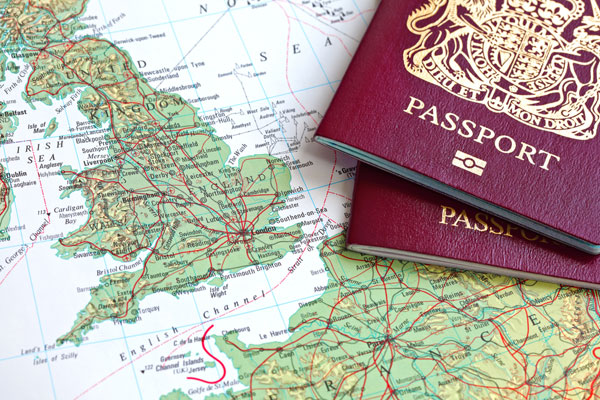British Immigration Law

The UK Immigration Law is formed by certain immigration rules and legislations that foreign nationals need to follow in order for them to become a British citizen or to enter the British border and reside, work, visit, or acquire a specific service that will require the foreign national to be in or reside in British borders. Migration in the UK provides tons of opportunities that are not present in other countries and people from different parts of the world are now thinking about migrating in the UK. Employment, residence, and acquisition of services or citizenship are part of the immigration law where certain rules and exemptions apply. Low tax rates and a multicultural society makes UK one of the most considered places for immigration and in order to successfully migrate to the UK, you should start gaining some knowledge about the UK immigration law.
Most people migrate to the UK for work; and depending on the type of work you will be doing, you need to acquire a specific working permit that will entirely depend on your immigration status while in the UK. The UK immigration law scopes from England, Scotland, Wales, Northern Ireland, the Isle of Man, and the Channel Islands. Qualifications for the rights to reside in the UK are stated in the 1972 Immigration act. The British nationality act in 1982 made the distinction between British nationality by descent and a British overseas territories citizen which achieved nationality through other means instead of by descent. Immigration officers are the ones who will decide whether you can enter the British border or not. Recently, visa categories have been replaced and re-categorized; tier points based systems have been implemented to categorize visas for work, study, training, and others. General Tier 1 visas are for General highly skilled migrants which replaced the HSMP program introduced in 2002. General provisions and other essential immigrations rules are easily available over UK immigration websites and details regarding requirements and needed transactions are also included. The streamlined immigration process include the following five tiers in order to categorize different immigrants; tier one visas are for highly skilled migrants, entrepreneurs, investors, and graduate students. Tier two visas are for skilled workers who already have a job offer accepted. Tiers three, four, and five are for students, lower skilled and seasonal workers, and the youth mobility.
Furthermore, citizenship details and other legislative matters are also available over the internet or through British consuls present in all countries. The points system applied as part of the UK Immigration law equates to a certain criteria per tier. Tiers are awarded through different criteria like age, qualifications, and previous salaries. Other ways in migrating to the UK include sponsorship licenses and other exceptional circumstances that you can further gain knowledge about through contacting the British embassy in your country. Moreover, through research and constant follow-ups when it comes to acquiring certain visas, gaining the needed permits and documents to successfully migrate to the British border should be the first step you need to take including knowing everything essential about the UK immigration law.
5,778,306 page views




 (38137)
(38137) (7704)
(7704)


